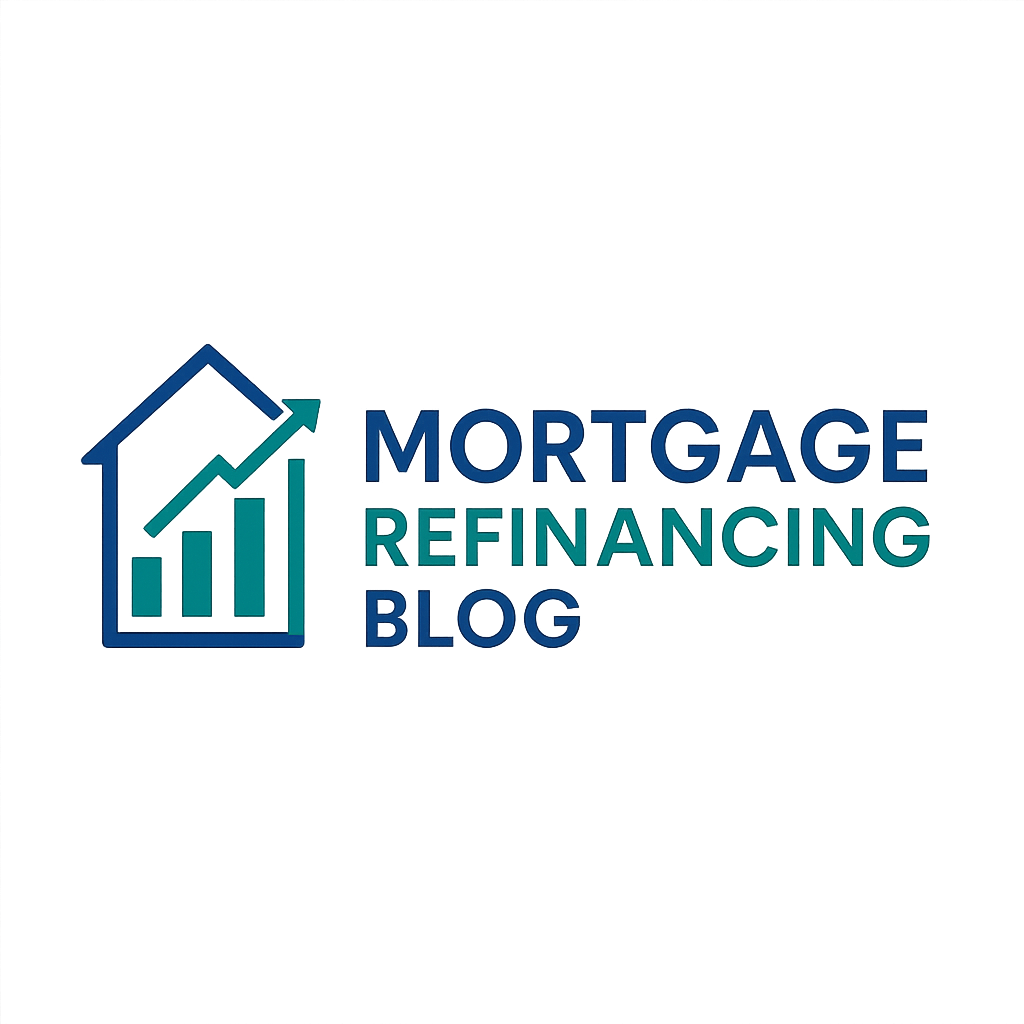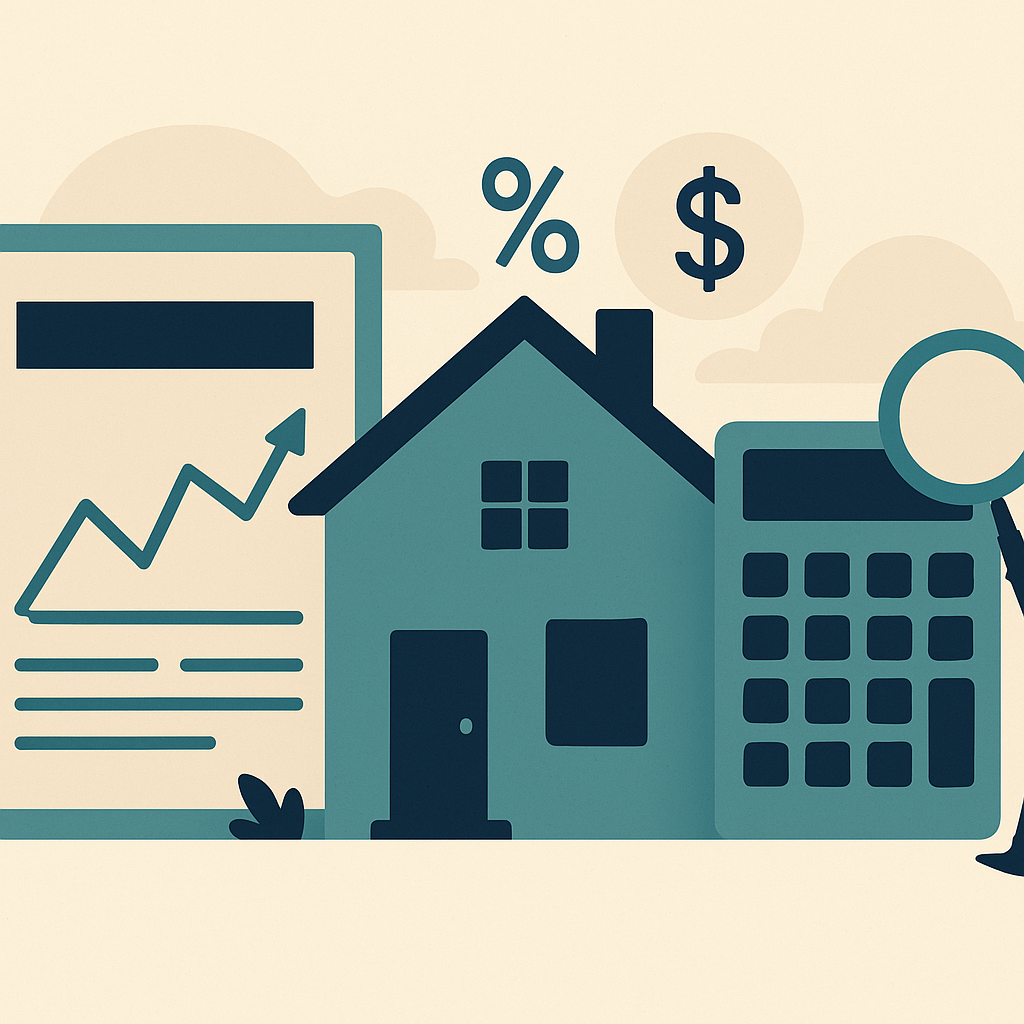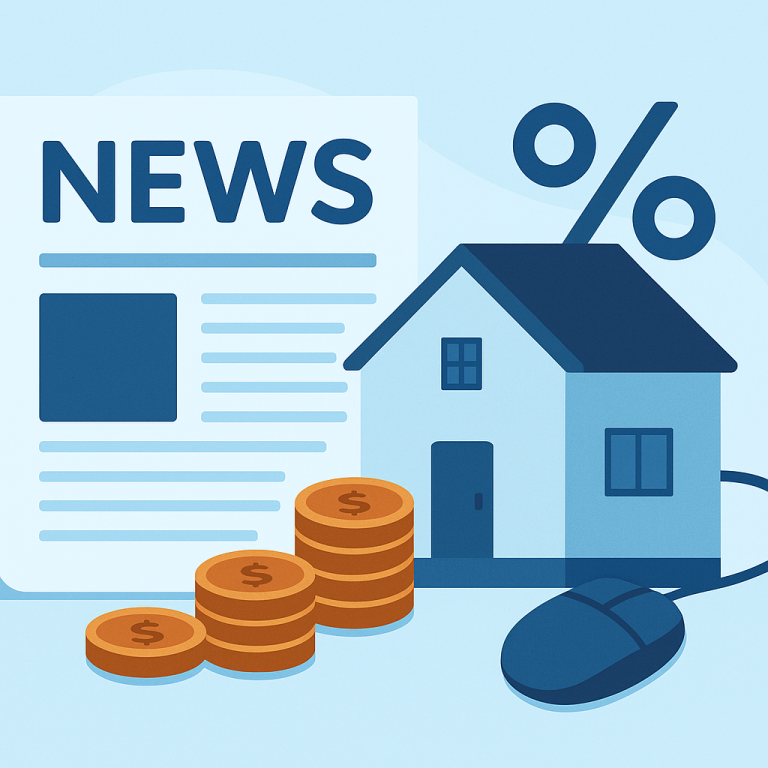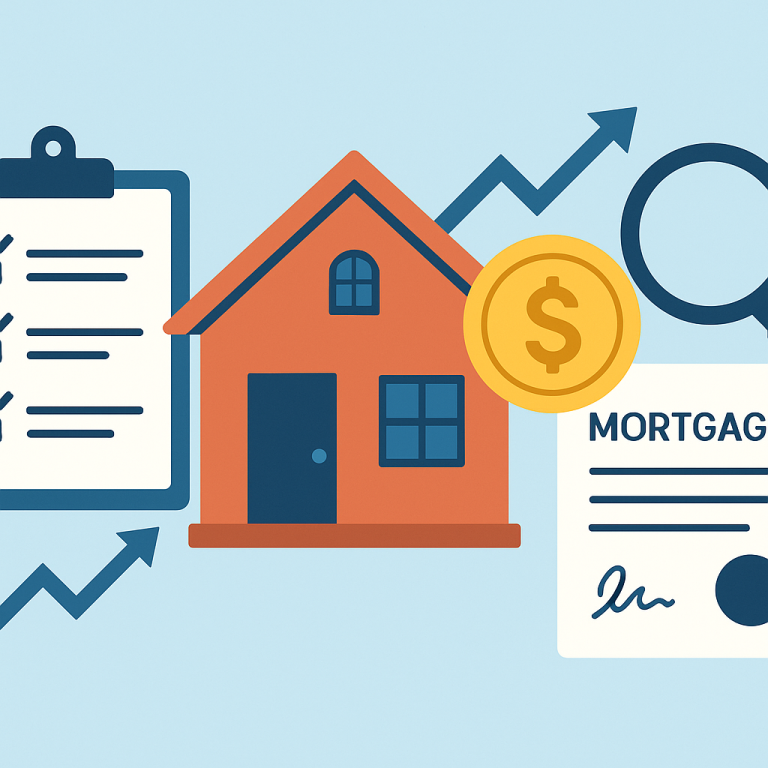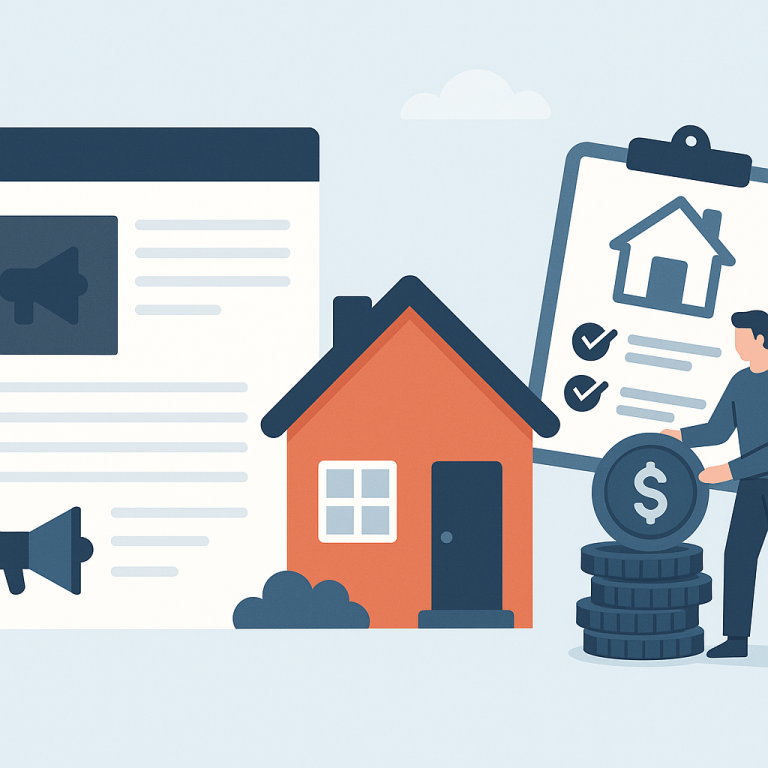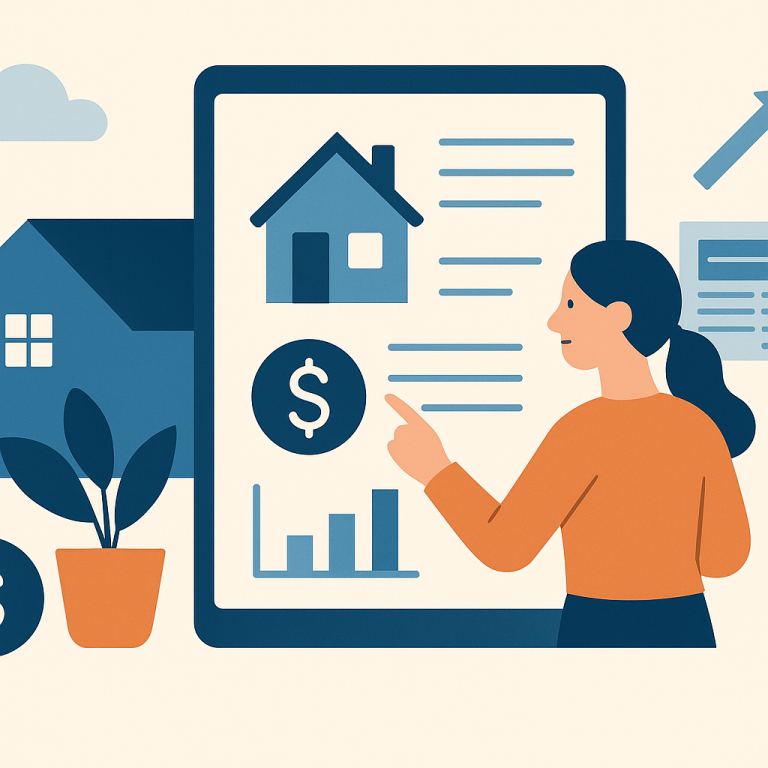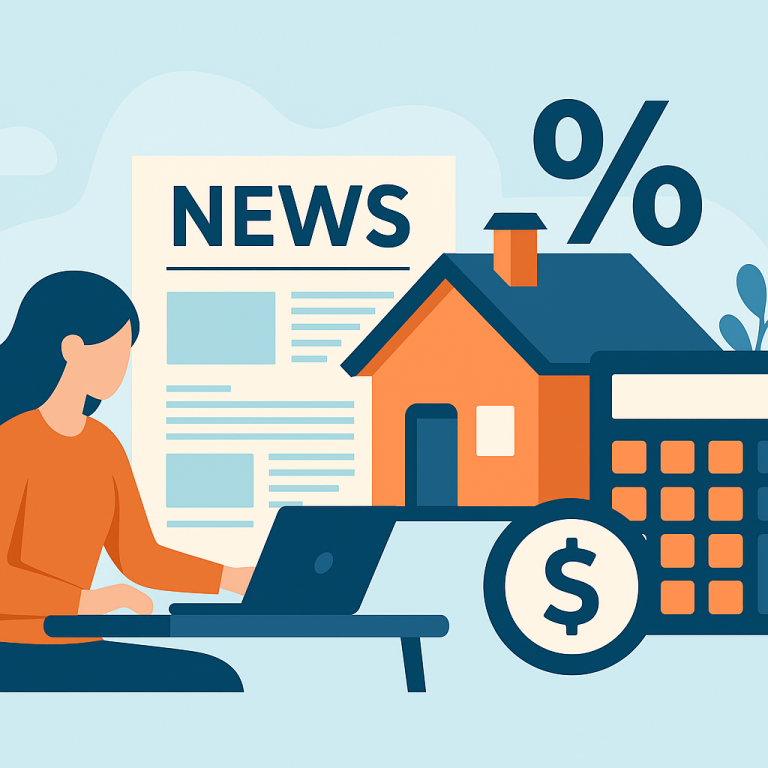Mortgage Refinance Rates Fall to 6.3% This Week as Applications Jump 10%
At a glance: The latest mortgage rate drop and how it could affect refinancing decisions.
Mortgage rates have moved lower. That can improve affordability and may reopen refinance options for borrowers whose current rate is above today’s quotes.
What the Rate Drop Means for Borrowers
Recent modest declines in mortgage rates have created selective refinancing windows for homeowners who previously postponed action. While rates may not have returned to historical lows, even a moderate reduction can make refinancing worthwhile depending on your mortgage balance, remaining term, and financial goals. This article explains how to decide whether to refinance now, which outcomes to prioritize, and practical steps to limit regret.
Refinancing is not a one-size-fits-all solution. The core calculation is straightforward: the upfront cost of refinancing must be justified by the savings or benefits it produces over the period you expect to keep the home. That calculus changes dramatically if your objective is lower monthly payment, shorter loan term, debt consolidation, or tapping home equity for a specific use.
Key factors homeowners should weigh
Start by evaluating the elements that most influence refinance value:
- Break-even time: Compare total closing costs to the monthly savings from a lower rate or different loan term to determine how long it takes to recover costs.
- Remaining loan term: If you are far into the original amortization schedule, a refinance that resets amortization could increase total interest paid even while lowering monthly payments.
- Equity and loan-to-value: Sufficient equity can secure better pricing and avoid private mortgage insurance. Conversely, limited equity may make a refinance less attractive or restrict options.
- Credit profile and documentation: Strong credit and stable income tend to produce the most competitive offers, while recent credit blemishes can raise costs or reduce lender choices.
- Refinance type: Distinguish rate-and-term refinances (focus on interest rate or term) from cash-out refinances (which add liquidity but increase your loan balance).
Practical refinancing strategies
Choose a strategy that aligns with your goals. Homeowners seeking monthly relief should prioritize net payment reduction after closing costs. Those focused on wealth building may opt to shorten the term while accepting slightly higher payments to accelerate principal paydown. Borrowers needing funds for improvements or consolidation should compare the total cost of a cash-out refinance against alternatives such as home equity lines of credit.
Small but reliable reductions in rate can still be meaningful when paired with a shorter term or disciplined amortization. Conversely, if you plan to sell or pay off the mortgage in the near term, the break-even window may be too long to justify the transaction.
Actionable steps before signing
- Get multiple rate quotes and request a Loan Estimate to compare fees and projected payments.
- Calculate a personalized break-even timeline and run an amortization comparison for your current and prospective loans.
- Ask about all closing costs, prepayment penalties, and how the new loan affects tax-deductible interest if that’s relevant to your situation.
- Consider locking a rate if market signals suggest upward movement, but balance the lock cost against your decision timeline.
- If uncertain, consult a financial or tax professional about long-term implications of changing loan structure or extracting equity.
Homeowner takeaways
Modest rate declines can create selective opportunities to refinance, but the decision must be rooted in your timeline and objectives. Focus on the break-even point, the effect on total interest paid, and whether the new loan supports your broader financial plan. Collect multiple offers, run clear comparisons, and choose the refinance that delivers the specific benefit you need—whether lower payments, a shorter term, or access to equity.
META: refinance-playbook-homeowner-takeaways
